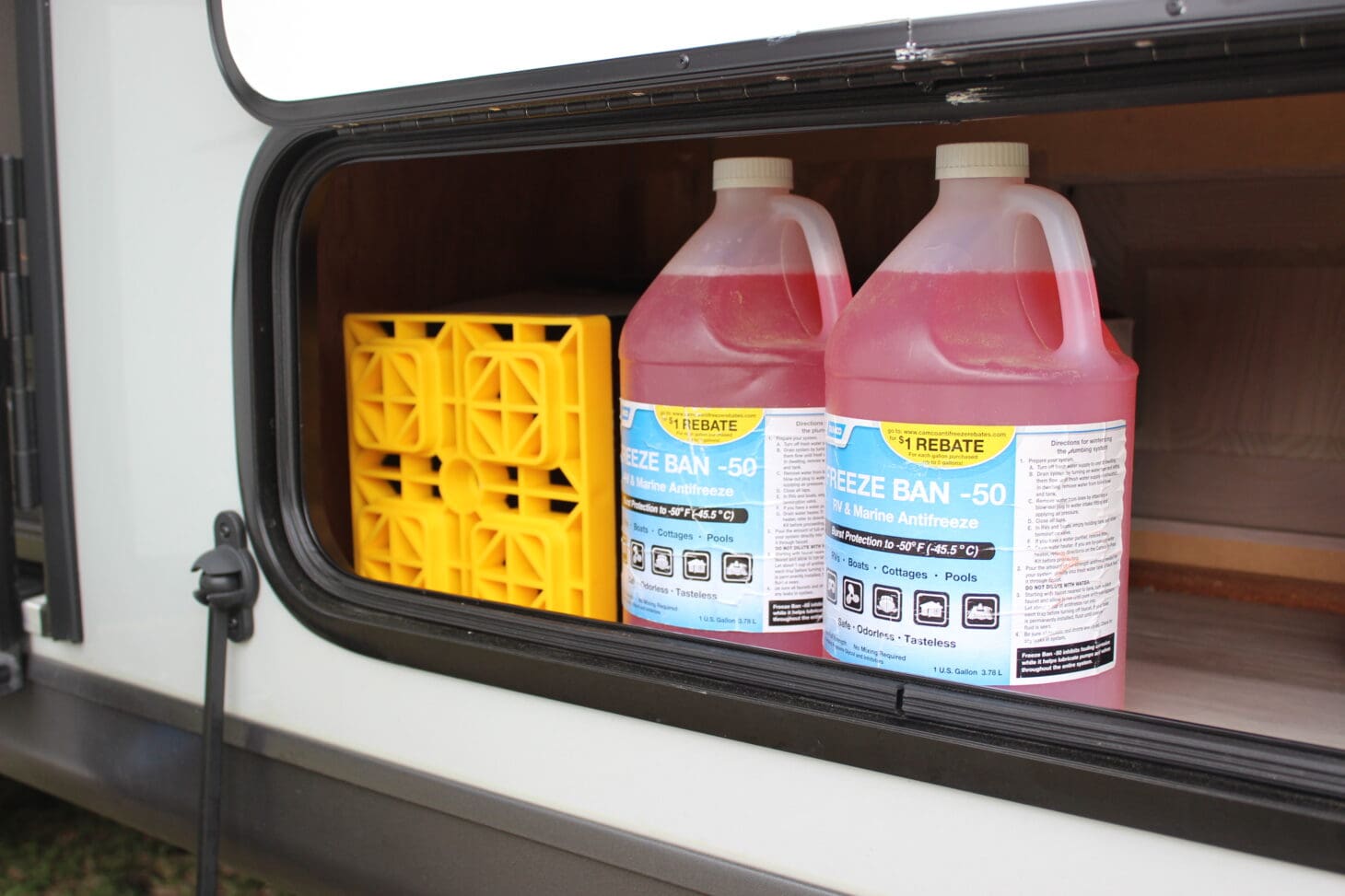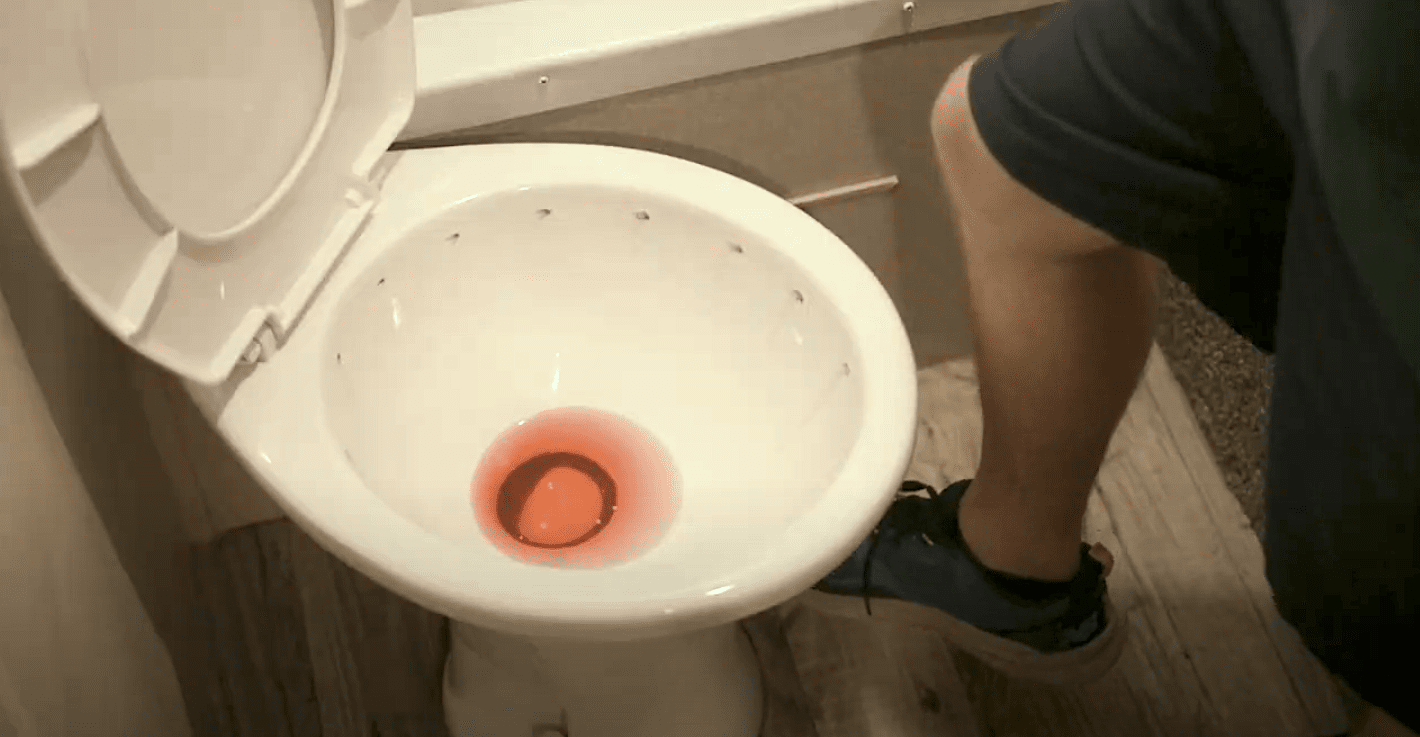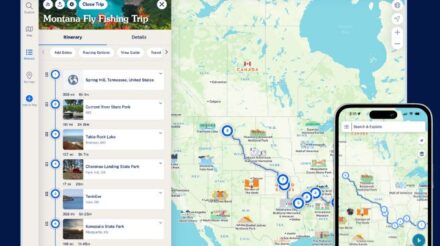Why Winterizing Your RV Plumbing Matters
Whether you’re going to store your RV or continue to use it over the winter, properly preparing your RV’s plumbing for freezing temperatures is critical to preserving the integrity of its water distribution system. If water remains in the lines and freezes, it expands and puts pressure on the plumbing fittings. This can cause damage or leaks in the water system, which can be time-consuming and costly to repair.
Key Takeaways
- Winter can damage RV plumbing because leftover water freezes, expands, and puts strong pressure on small fittings.
- RVers pick either air pressure or pink RV antifreeze to clear plumbing lines before freezing weather arrives.
- Propylene glycol antifreeze is most popular because it is safe for plumbing, non toxic for people, and low in aftertaste.
Bonus Tip: While you’re winterizing your plumbing system, it’s also a good idea to review your RV insurance. Whether your rig is parked or hitting the road this season, Progressive® RV Insurance offers unique coverage options for everyone..
RV Winterization Methods Explained
RVers typically choose one of two methods to winterize the system: Using an air compressor to vacate the plumbing lines or replacing water in the lines with RV antifreeze.

Using an Air Compressor to Winterize RV Plumbing
If you have access to an air compressor, you can use it to force water out of the plumbing lines. There’s a special adapter you’ll need to connect the air compressor hose to the city water connection on the exterior of your RV. You’ll also need to remove any inline water filters.
The air compressor method can put pressure on the plumbing fittings and possibly damage them during the process. There’s also a good chance that some water might remain in the peaks and valleys in the plumbing lines, which can cause water to settle back into those spaces once the air pressure stops. For this reason, some RVers pour some RV antifreeze into their p-traps for safe measure.
Using RV Antifreeze to Protect Your Water Lines
The second option is to use RV antifreeze throughout your plumbing lines. You’ll need several jugs of antifreeze for the job, and if you don’t have a system with its own winterization bypass feature, you’ll need to purchase a kit that includes a hose and an adapter to attach to the on-demand water pump. This allows the RV antifreeze to be pumped throughout the plumbing lines in the rig.
Safety tip: Cold weather can be tough on rigs and road conditions alike. If you plan to travel during the off-season, consider adding comprehensive coverage through Progressive® RV Insurance for extra peace of mind.
How to Choose the Best RV Antifreeze
There are a few things to know when shopping for RV antifreeze. RV antifreeze and automotive antifreeze are not the same. There are three types of RV antifreeze: ethanol, propylene glycol, and propylene ethanol. Ethanol is the cheapest of the three options; however, propylene glycol is the most popular option for RVs and boats.
RV Antifreeze Safety for People and Pets
Propylene glycol is considered the safest to use in RVs because of its much higher flashpoint compared to ethanol, and it’s also considered non-toxic to humans. When used as directed, propylene glycol RV antifreeze is “generally regarded as safe” by the FDA, meaning it can be used throughout your fresh water system in the RV. RVers also tend to agree that it does not leave much, if any, aftertaste following dewinterization.
An important note is that propylene glycol RV antifreeze can be toxic to animals. The sweet odor and taste can be enticing to your pets, so handle it with care and store antifreeze bottles out of reach.
RVers can purchase RV antifreeze in a ready-to-use formula or a concentrate that gets diluted with distilled water.

Common RV Antifreeze Questions Answered
RV antifreeze is different from automotive antifreeze in that it’s not toxic to humans and safe to use in your RV fresh water system and plumbing lines.
The most popular type of RV antifreeze is propylene glycol-based RV/marine antifreeze, because it’s safe to use in the fresh water plumbing system and doesn’t leave a lingering aftertaste once you dewinterize.
You can purchase RV antifreeze online, at RV and camping supply stores, and at big box stores.
RV antifreeze can evaporate, but does so at a much slower rate than water. Some RVers keep their campers winterized for up to 2 years. It’s suggested that if your RV needs to stay winterized longer than 2 years, you should drain the antifreeze, sanitize your system, and winterize again with fresh antifreeze

RV antifreeze labels typically promote a -50 degrees Fahrenheit or -100 degrees Fahrenheit burst protection rating.
Do not dump RV antifreeze on the ground as it can be toxic to animals and seep into well water systems. Send it through the waste water holding tanks in your RV and deposit it at an appropriate dump site.
It’s perfectly safe to put RV antifreeze into the freshwater tank; however, you’re wasting product when you send it through the tank first. Most RVers simply drain the fresh water tank and bypass it.
The same advice applies to your black and gray tanks—there’s no harm in adding it to either. Most RVers completely clean and empty their holding tanks for the winter. If you’re not putting your RV in storage and want to use your black tank during the colder months, consider “flushing” with antifreeze when using the toilet.
Propylene glycol will freeze, but it won’t solidify. It remains slushy, and therefore not expanding in the water lines and risking potential damage to the plumbing fittings. The freeze point that causes antifreeze to form slushy crystals is between 20 degrees Fahrenheit and -20 degrees Fahrenheit, depending on the product.
It’s important to sanitize the water system after de-winterization. This can be done with a bleach water mixture or vinegar. Research the proper percentages of bleach and water in order to avoid damaging your lines.
Yes, but you’d be wasting product if you fill your water heater with antifreeze. Instead, most RVers drain their water heater of water and then bypass it. See your owners manual for steps on draining and bypassing your water heater.
How to Solve Common RV Water Heater Issues: RV Troubleshooting
Step-by-Step Winterization Guide
Check out this video for step by step instructions for winterizing your RV ahead of Father Winter’s arrival:
Extra Protection for Your RV During Winter Storage
RV winterization is an important part in the life of most RVers, but it need not be scary. The tips and steps above will help you finish the job effectively in no time flat. If you’re storing your RV, Progressive® offers lay-up coverage—so you’re protected even when your RV is parked for months at a time. That way, winter doesn’t have to freeze your peace of mind. Stay warm and safe out there!



